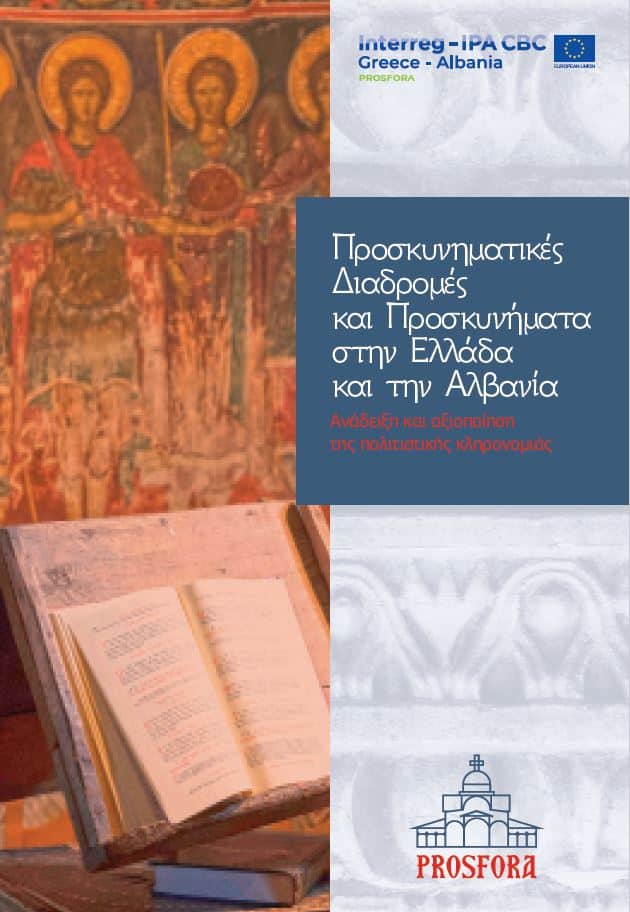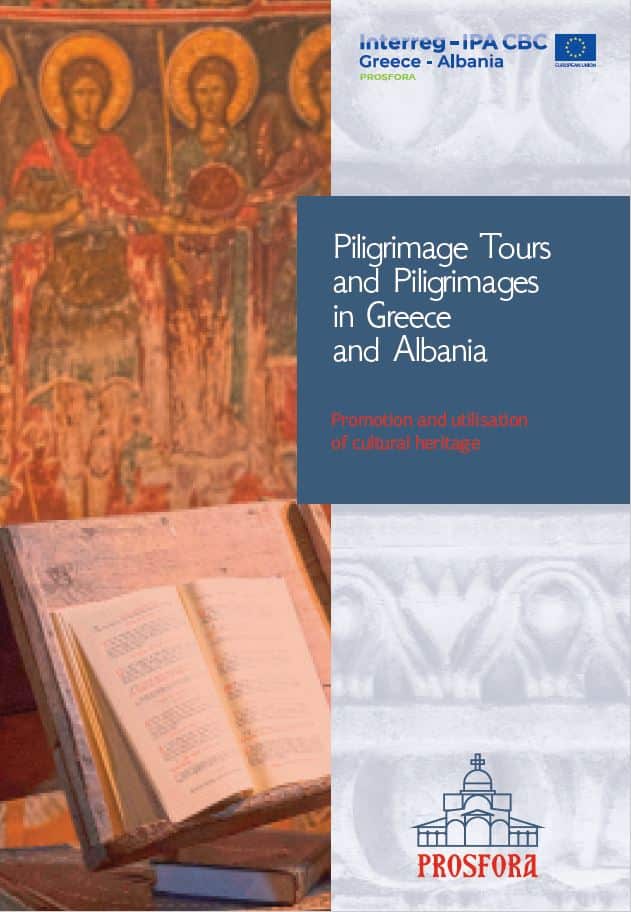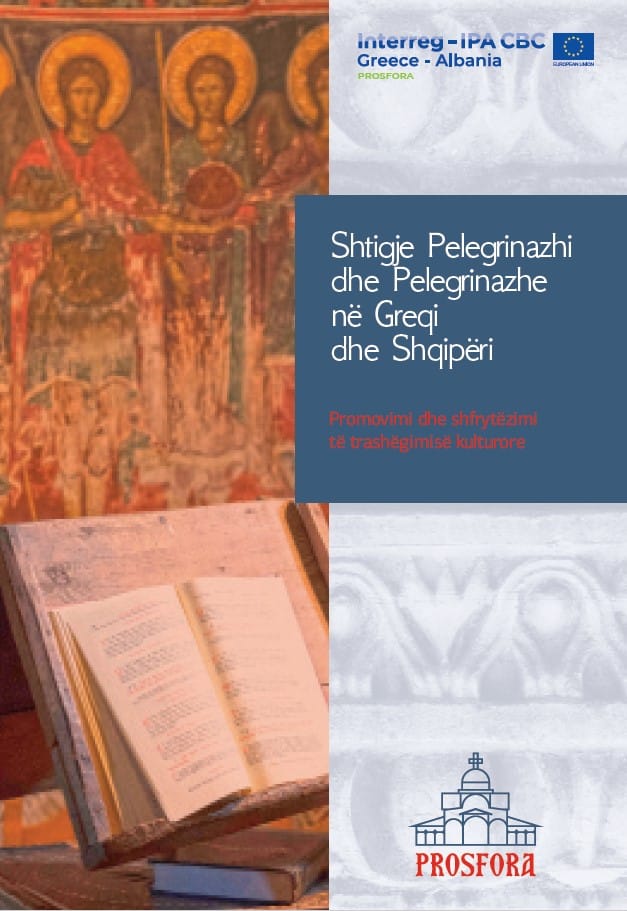HISTORY
Eleni Michou, Archaeologist
The church of Saint George is located in the central square of Negades and is one of the last and most important wall ensembles of Epirus during the 18th century. Negades, a village in central Zagori, flourished in the 18th century, thanks to the wealth caused by the migration of many inhabitants to the Balkans and their involvement in trade.
The temple is a large three-aisled timber-roofed basilica, with narthex, with an attic above the narthex, a space intended to be a gynaeconite, and a peristyle, initially on the north and south sides, while in the middle of the 20th century its western part was added. It is a triune temple, with the northern and southern aisles dedicated to the Holy Trinity and Saint Demetrius, respectively, while it replaced the older homonymous parish church, which was probably founded in the early 18th century.. In a short distance from the temple, to the northeast, is located the imposing hexagonal bell tower, with arched openings in its upper part. The construction of the temple began on May 2, 1792, while the mural was completed on October 10, 1795, with the owner and sponsor being the merchant Hatzimanthos Ginou.
The frescoes are the work of the painters Ioannis and the son of Anastasios Anagnostis from Kapesovo, who come from a family with a painting tradition. Ioannis is the most important painter from Kapesovo and the culmination of his art is reflected in this monument in its mature phase, while Anastasios, already working nine years in his father’s workshop, is a capable painter. In the large church of Saint George the painters were given the opportunity to develop very rich topics. The temple is painted with representations arranged in zones, defined by red stripes. There are themes from the Christological and the Theometorical (of the Mother of God) circle, thanksgiving themes and representations of a liturgical character, while in the lower part of the walls there are full-length saints. Worth mentioning are the representations of the twenty-four oikoi of the Akathist Hymn in equal panels, the cycle of the seven Ecumenical Councils, but also the two sages of antiquity, Plutarch and Aristotle, in the garb of Western scholars. The predominant color is red, alternating with dark green, yellow, blue and grayish white. The use of colors in some cases emphasizes the symmetry of the composition.
The two painters, Ioannis and Anastasios, are extremely eclectic in their iconographic choices. Τheir patterns are found mainly in the works of the Linotopite painters of the 17th century , in the rich theme of the great monuments of the 16th century in northwestern Greece, such as the Monastery Philanthropinon and the church of the Transfiguration of Klimatia, while assimilating organic elements of Western art enriched with secular elements, usually iconographic details, in line with Western Baroque trends, a new aesthetics, which merchants transported to the economic centers of Ottoman and European society of the 18th century. The two painters are based on the fixed values of tradition, but at the same time, they understand the pulse of their time, while the selective choice of their models reflects the spiritual, theological and social quests of the time and the relations of the ktitors with Western European culture.













